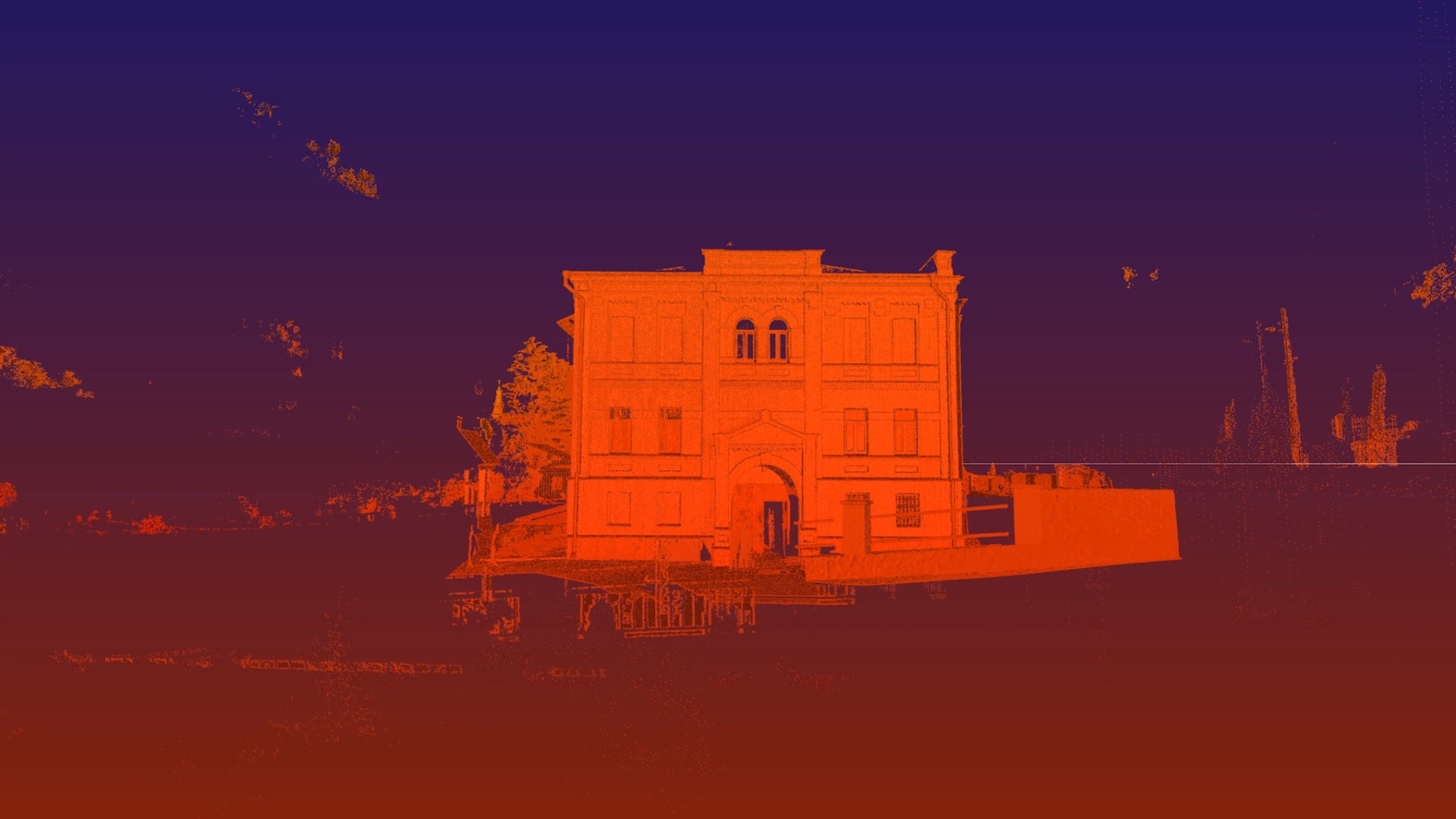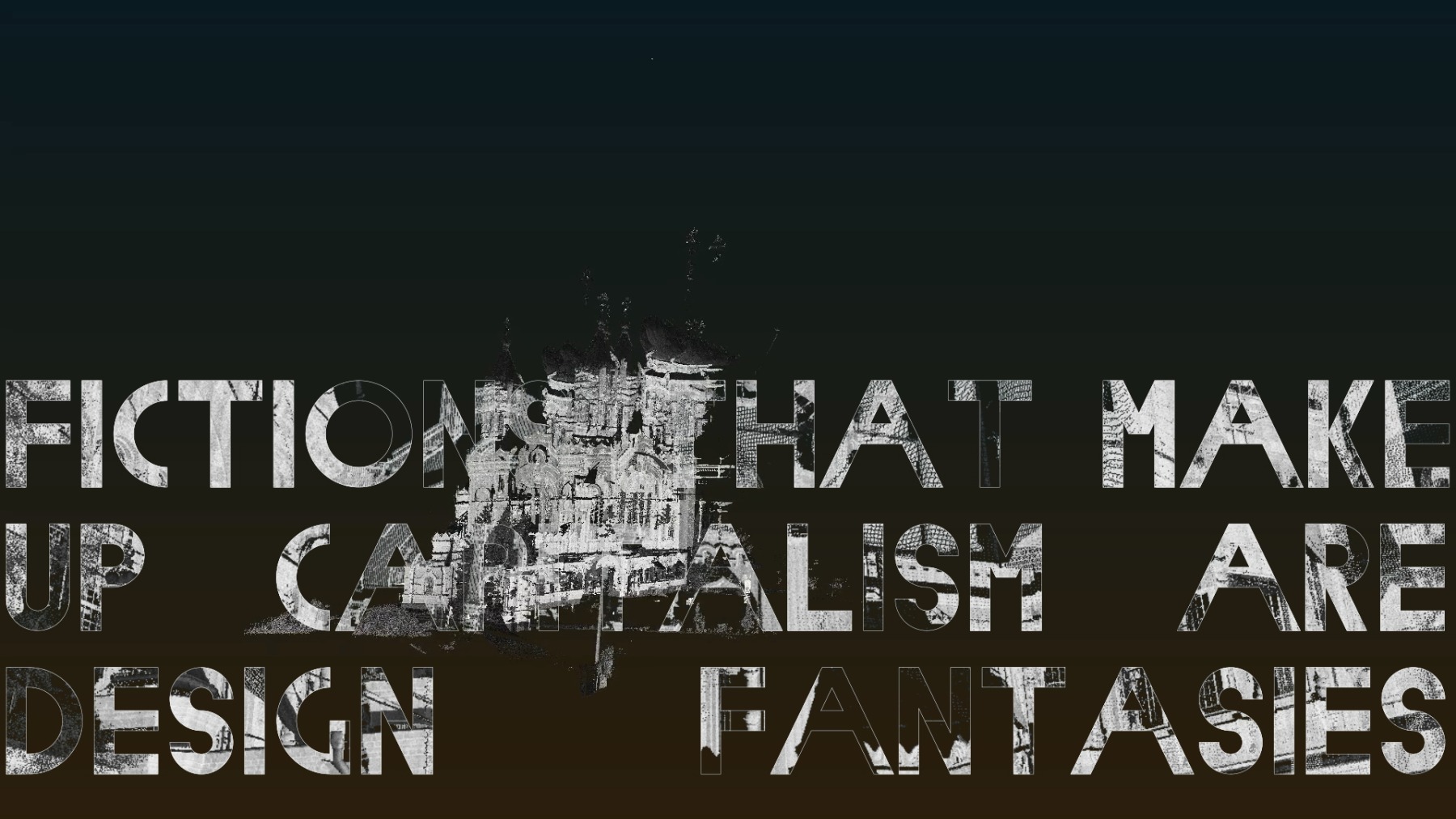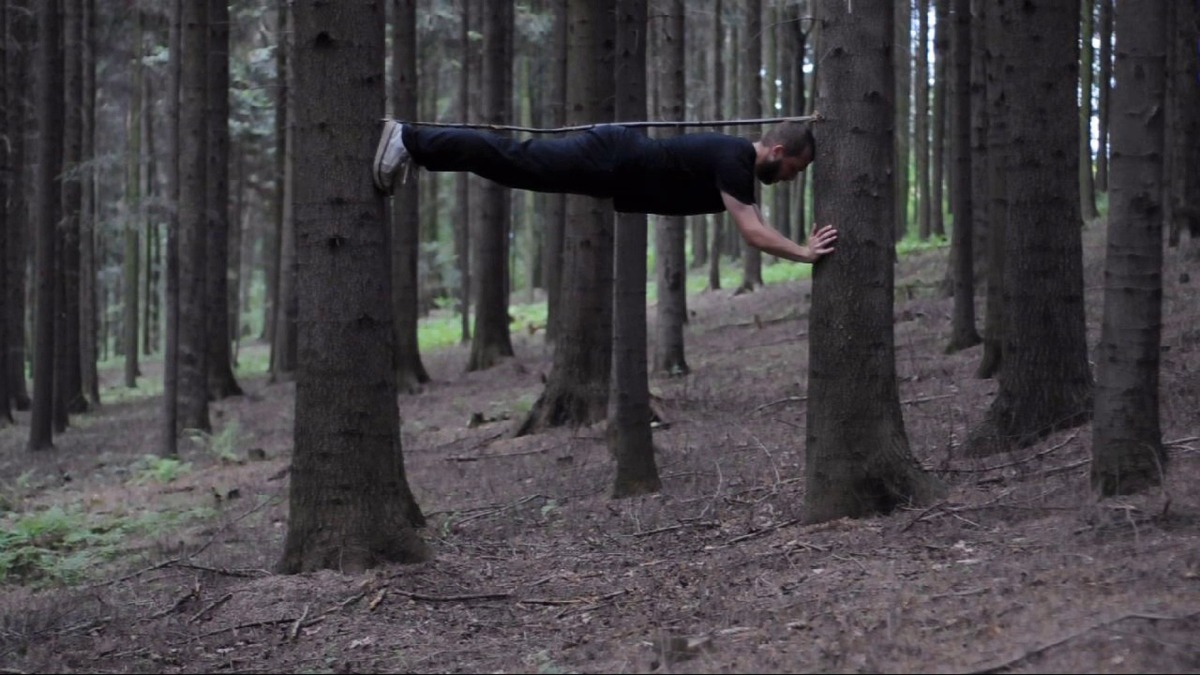
From Matter to Data: Ecology of Infrastructures
East-Central Europe film and video art screening series at post.moma.org
From Matter to Data: Ecology of Infrastructures is an online film and video art screening series which places at its forefront the role imaginaries and realities of infrastructures play in works by several generations of artists and filmmakers from post-socialist countries. Organized and programmed by Lukas Brasiskis and Inga Lāce this series presents a selection of 15 works that will be made available in three parts from July 29 till September 9 on post, The Museum of Modern Art’s online resource devoted to art and the history of modernism in a global context. Each part of the series will be introduced by critical texts and followed by online discussions with the artists.
“The screening series “From Matter to Data: Ecology of Infrastructures” reflect my continued interest in ecology and how our perception and treatment of nature has been changing over the years, always entangled between politics and economics. Recently I’ve been trying to look at environment from the perspective of infrastructure as there are flows of energy, transport, data, visible and invisible structures that leave marks to our changing climate. My work and research usually flows from one project into another, opening up new perspectives and collaborations. I first started to work on the theme with programs “Instituting Ecologies” at de Appel arts centre, which has now finalised with a publication, and continued through the “Performing the Fringe” embodied research and exhibition project, co-curated with Jussi Koitela. Currently, at the Latvian Centre for Contemporary Art, I am looking into the eco-nationalism in the end of the 1980s and processes of environmental movements which preceded the movements of independency in the Baltic. Thus, when Lukas Brašiškis approached me to co-organize this program, I felt it’s both timely and coincides with a lot of my interests,” Inga Lāce says.
APART collective, The Most Beautiful Catastrophe (still), 2018
APART collective, The Most Beautiful Catastrophe (still), 2018
In post-1989 East-Central Europe many of the artists have drawn relations between socialist industrial and architectural projects, biopolitical engineering and natural environments. Furthermore, in recent years, a number of artists from the region have started to focus on immaterial infrastructures, such as networks of servers, cloud computing, and data mining sites, revealing otherwise obscured ideological impact and environmental damage they exert. By foregrounding the complexity of selected works, the series seeks to highlight how certain ideas concerning retrospective as well as contemporary environmental and social challenges migrate through the region, sharing a lot in common, yet being impacted by different cultural and political contexts.
Bahar Noorizadeh, After Scarcity (still), 2018
Bahar Noorizadeh, After Scarcity (still), 2018
Bahar Noorizadeh, After Scarcity (still), 2018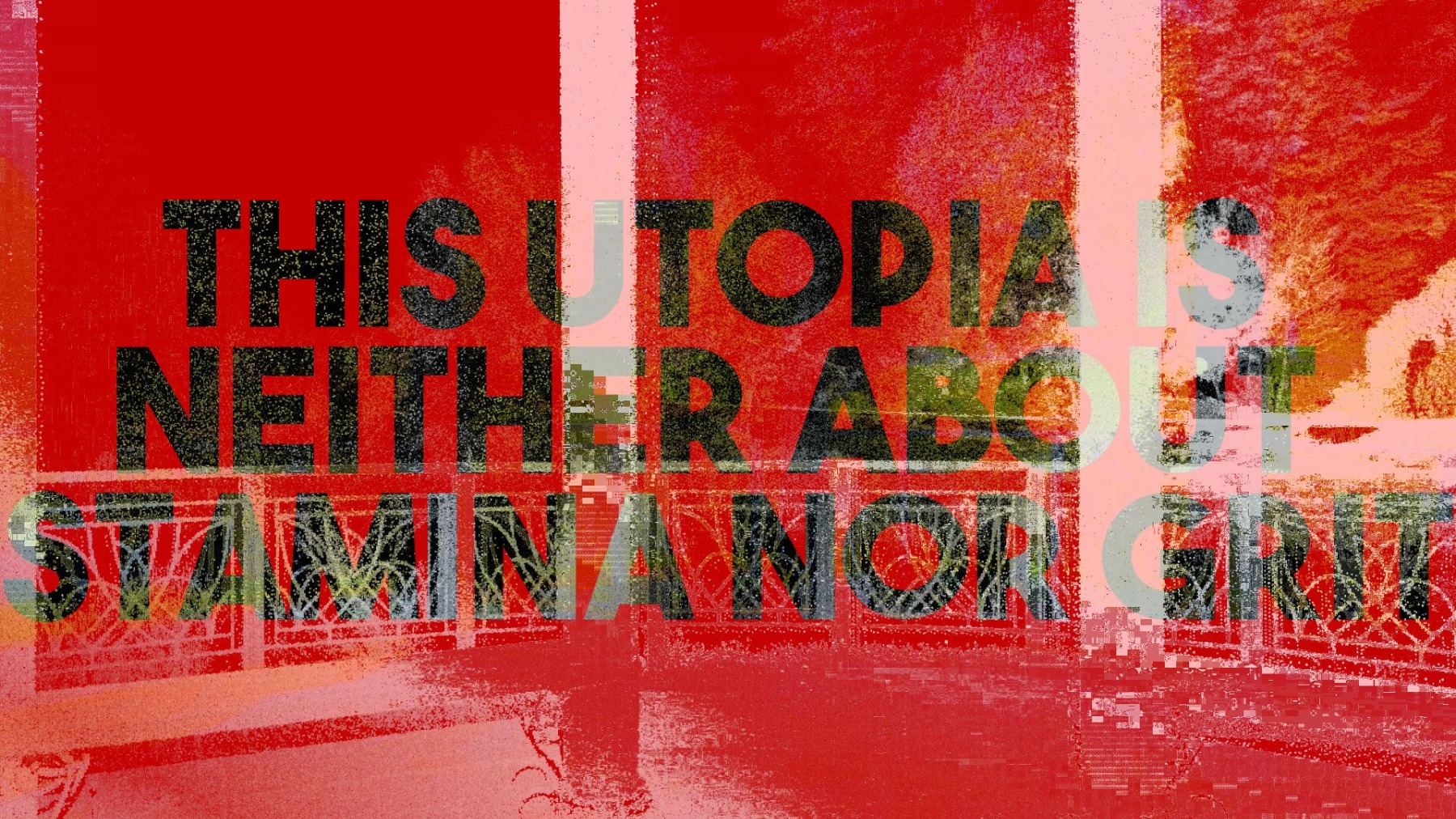
Works by both emerging and acclaimed video artists and filmmakers presented in this series of screenings attempt to reconfigure the linear time positing infrastructures as confounded by a future utterly different from that which the narrative of the socialist progress once promised. They call to experience human-made material and immaterial agents as indexes of environmental oppression and provide a chance for an eco-critical reflection of the infrastructures emphasizing entanglements of anticipation and retrospection.
Emilija Skarnulyte, Energy Island (still), 2018
Emilija Skarnulyte, Energy Island (still), 2018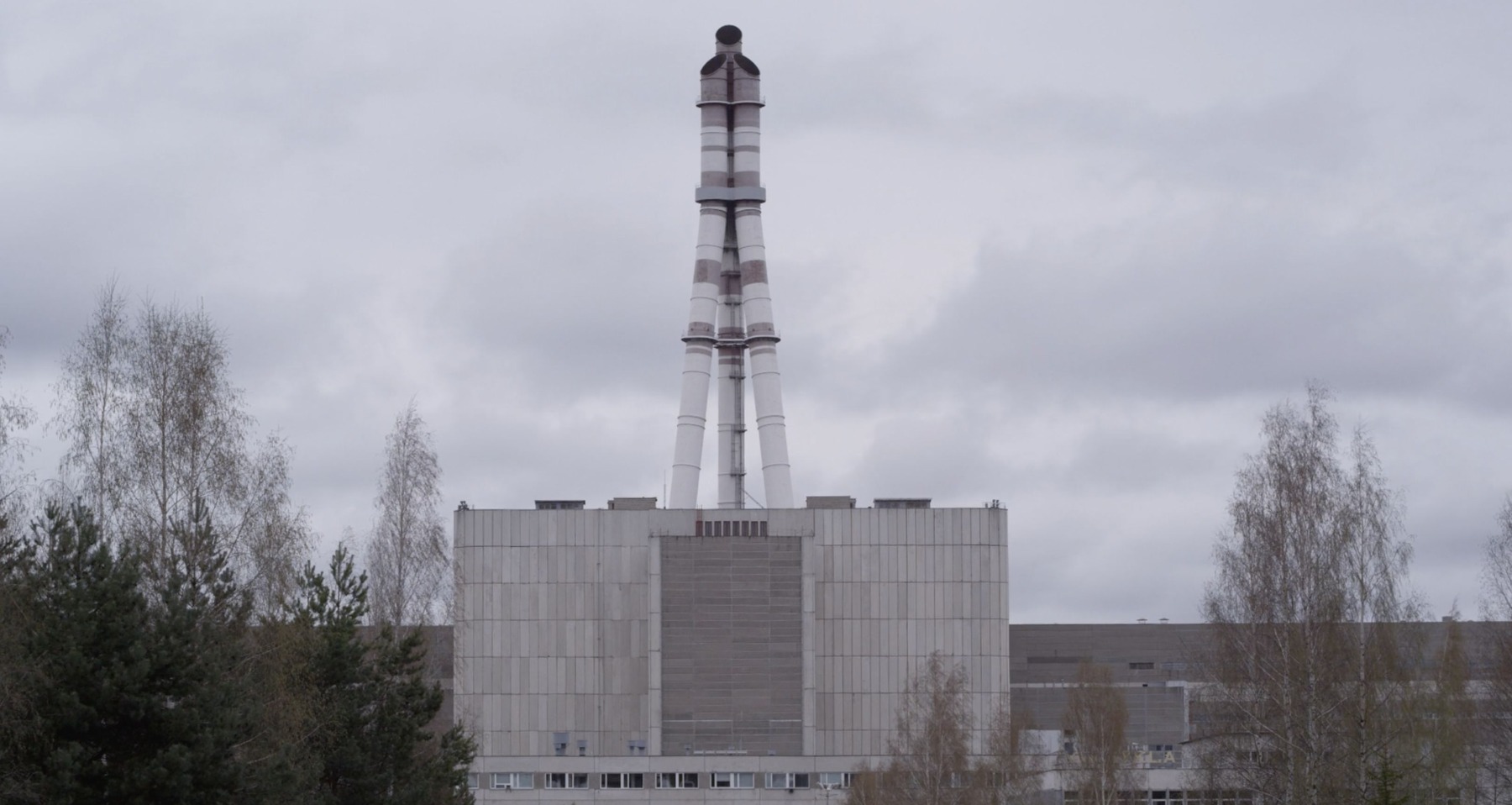
Emilija Skarnulyte, Energy Island (still), 2018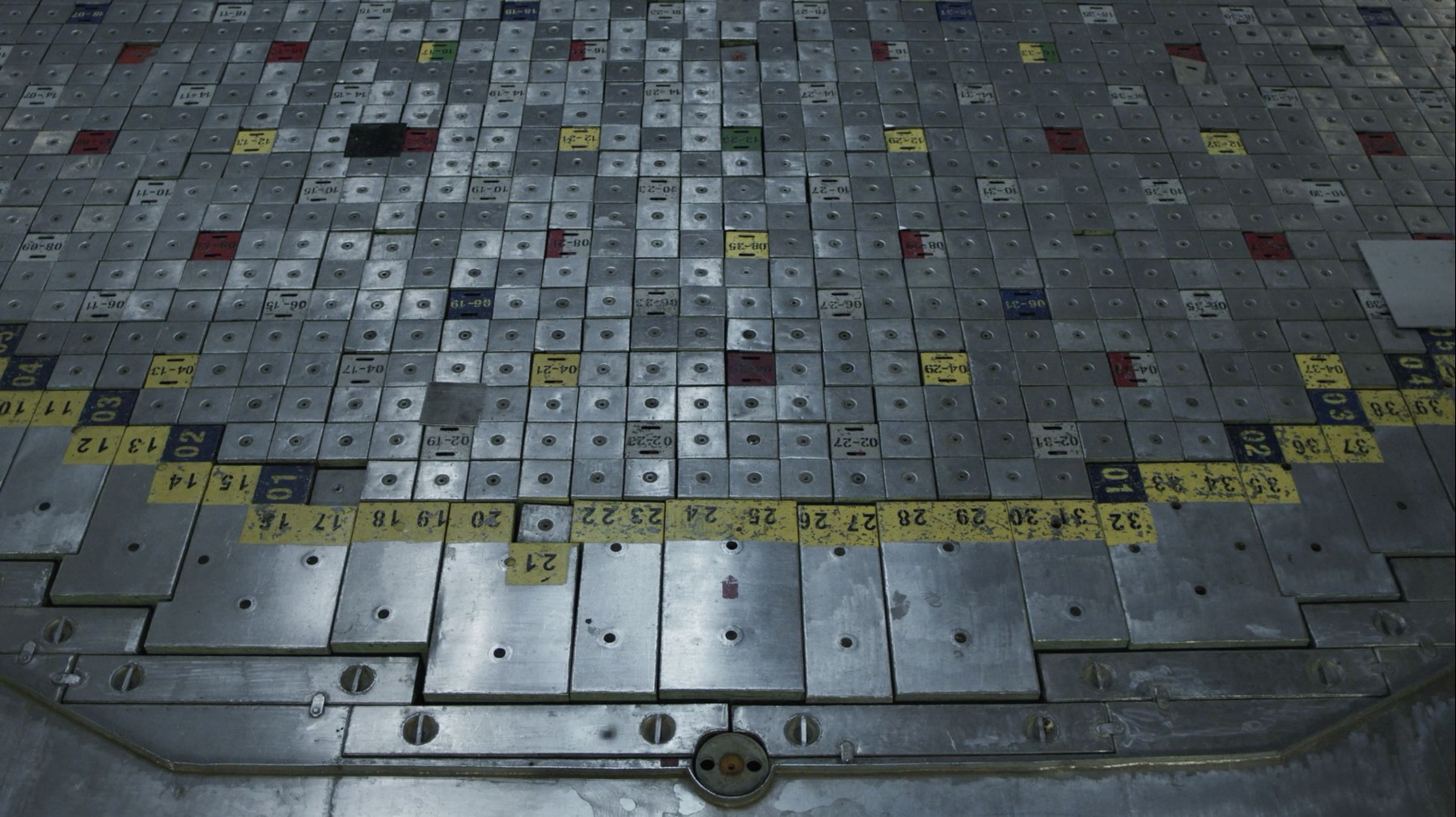
The screening series starts with “Energy: Ideology, Capital and Data”, screened from July 29 to August 12. In the films of this section the artists question and reflect on the role of infrastructures of energy in regard to the control of societies, wealth distribution as well as geopolitical policies — all seen within the framework of ecological thinking. The second part “Specters of Socialist Architecture” will be screened from August 12 - August 26 and focuses on the previously degraded Soviet infrastructure overlapping with the newly built one; concepts like development and gentrification enter the vocabularies of urban development, and hybrid models of different views on ecological consciousness, economic progress are often co-coexisting. The last section of screenings “Past’s Futures: Anthropocene or Capitalocene” takes place from August 26 to September 9 and features the works on environmental damage caused by both, socialist modernization and capitalist industrialization, and provides a new context-specific look at the distinction between anthropocene and capitalocene.
Deimantas Narkevičius, Energy (still), 2000
Participants:
APART collective, Ieva Epnere, fantastic little splash, Flo Kasearu, Saodat Ismailova, Krzysztof Maniak, Angelika Markul, Deimantas Narkevičius, Bahar Noorizadeh, Oleksiy Radynski, Emilija Škarnulytė, Rasa Šmite and Raitis Šmits, Sophia Tabatadze, Krassimir Terziev, Ivar Veermäe
This film program is co-organized with the Latvian Centre for Contemporary Art, Lithuanian Culture Institute and Lithuanian Cultural Attaché in New York, Consulate General of Estonia in New York, Polish Institute, and Consulate General of the Slovak Republic in New York.
Krassimir Terziev, A Place (Playground) (still), 2004
Rasa Smite and Raitis Smits, Pond Battery (still), 2015
Title image: Krzysztof Maniak, Untitled, Untitled (Time and Space) (still), 2012-2013
